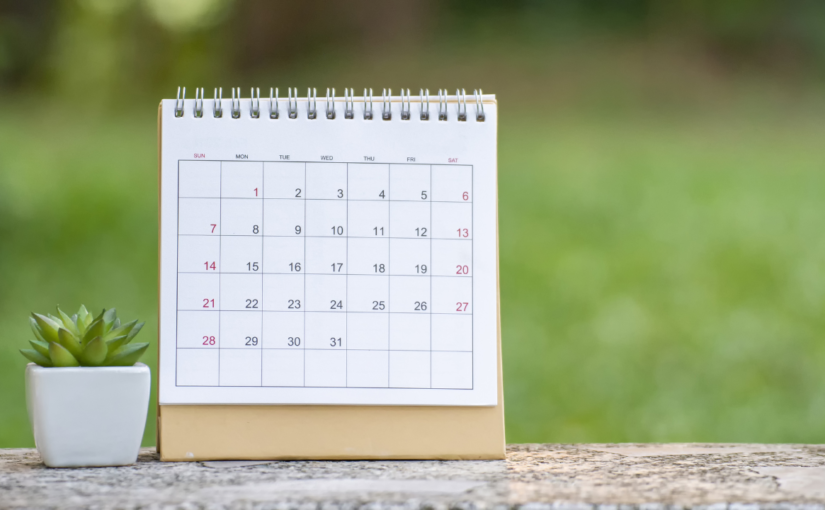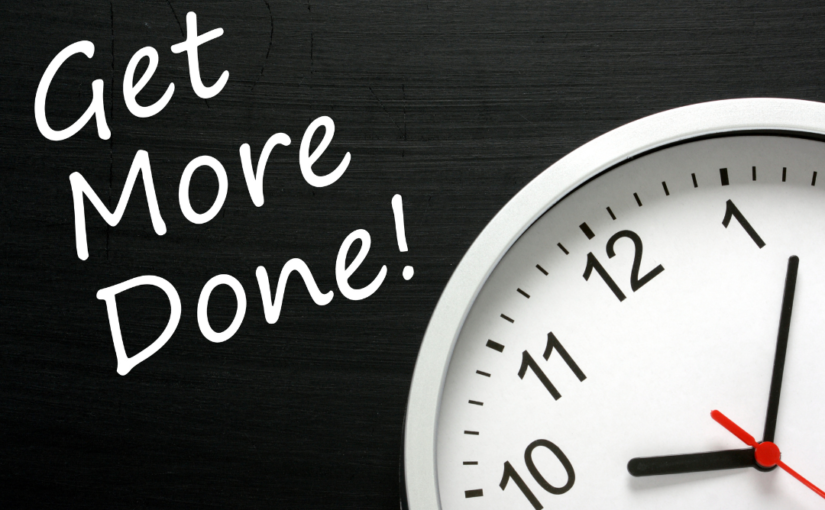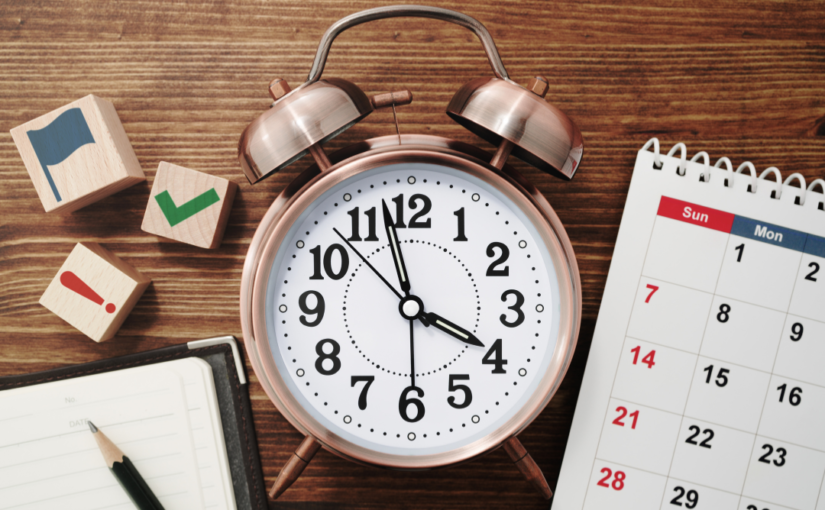Embrace Organization with iStratus
As your teenager prepares to embark on the exciting journey of college life, it’s essential to equip them with the necessary life skills to navigate this new chapter successfully. College brings newfound independence and responsibilities, making it the perfect time to teach your teen crucial skills that will set them up for success. In this blog post, we will explore valuable life skills to teach your teen before college, with a special focus on organization and planning using the iStratus app—an all-in-one tool to bring order and efficiency to their lives.
Time Management
Time management is a fundamental skill that helps individuals balance academic, personal, and social commitments effectively. Here’s how you can guide your teen in mastering this skill:
- Prioritization: Teach your teen to identify and prioritize tasks based on urgency and importance. Encourage them to use the iStratus app’s To-Do List/Checklist feature to organize and track their tasks.
- Scheduling: Help your teen create a weekly schedule that includes class time, study periods, extracurricular activities, and personal time. The iStratus app’s Task Manager can assist them in setting deadlines and reminders.
- Avoiding Procrastination: Encourage your teen to break tasks into smaller, manageable steps and tackle them promptly. The iStratus app’s Task Manager can help them track their progress and stay motivated.
Organization and Planning
Being organized and having effective planning skills are crucial for staying on top of college assignments, deadlines, and responsibilities. Introduce your teen to the benefits of organization with the help of the iStratus app:
- Calendar Integration: Show your teen how to utilize the iStratus app’s integrated calendar feature to sync their class schedules, extracurricular activities, and personal commitments in one place. This visual representation will help them better manage their time and avoid conflicts.
- File Management: Teach your teen to use the iStratus app’s file storage feature to keep important documents, lecture notes, and assignments organized and easily accessible. Encourage them to create folders and subfolders for different subjects or categories to stay organized throughout the semester.
- Collaboration and Task Delegation: Help your teen understand the importance of collaboration and delegating tasks when necessary. The iStratus app’s Contacts feature allows them to keep track of group members’ contact information and efficiently communicate and assign tasks for group projects or study sessions.
Financial Management
Managing finances responsibly is a vital life skill for college students. Equip your teen with the knowledge and tools to effectively handle their finances:
- Budgeting: Teach your teen to create a budget that accounts for their income, expenses, and savings goals. Encourage them to monitor their spending, set limits, and maintain financial discipline.
- Bill Reminders: Show your teen how to utilize the iStratus app’s reminder feature to set notifications for bill payments, rent, or other financial obligations. This will help them stay on top of their responsibilities and avoid unnecessary late fees or penalties.
- Saving Strategies: Teach your teen the importance of saving money regularly. Help them set financial goals and track their progress using the iStratus app’s goal-setting feature. They can allocate a portion of their income towards savings and monitor their savings’ growth over time.
Communication and Relationship Building
Effective communication and relationship-building skills are essential for academic success, personal growth, and fulfilling social life. Here’s how you can guide your teen:
- Networking: Encourage your teen to actively engage in extracurricular activities, join clubs or organizations, and attend social events. The iStratus app’s Contacts feature can help them keep track of important contacts they meet along the way, making it easier to nurture relationships and build a network of support.
- Professional Communication: Teach your teen the importance of professional communication, including email etiquette, writing clear and concise messages, and maintaining a professional online presence. The iStratus app’s Contacts feature can store important professional contacts and facilitate seamless communication.
- Conflict Resolution: Help your teen develop conflict resolution skills by encouraging open and respectful communication. Teach them to express their feelings, actively listen to others, and find collaborative solutions. The iStratus app’s Notes feature can be used to jot down important points during discussions or conflict resolution processes.
Self-Care and Well-Being
Promoting self-care and well-being is crucial for your teen’s overall health and academic success. Teach them these important practices:
- Stress Management: Show your teen how to prioritize self-care activities such as exercise, relaxation techniques, and hobbies. Encourage them to use the iStratus app to schedule a dedicated self-care time and set reminders to ensure they make time for themselves amidst their busy schedule.
- Healthy Habits: Help your teen develop healthy habits, including maintaining a balanced diet, getting enough sleep, and staying hydrated. The iStratus app’s Checklist feature can serve as a reminder for healthy habits and encourage them to track their progress.
- Seeking Support: Teach your teen the importance of seeking support when needed. Encourage them to utilize the iStratus app’s Contacts feature to store contact information for campus resources, such as academic advisors, counseling services, or health clinics.
Equipping your teen with essential life skills before college sets them up for a successful and fulfilling academic journey. The iStratus app serves as a valuable tool to assist them in embracing organization and planning, managing their time effectively, and staying on top of their commitments. By teaching your teen these life skills, you empower them to navigate college life with confidence, ensuring they make the most of their academic experience while maintaining a healthy work-life balance.
As they embark on this new chapter, remind your teen that the iStratus app is their reliable companion, simplifying their organizational needs and allowing them to focus on their personal growth and academic achievements.









